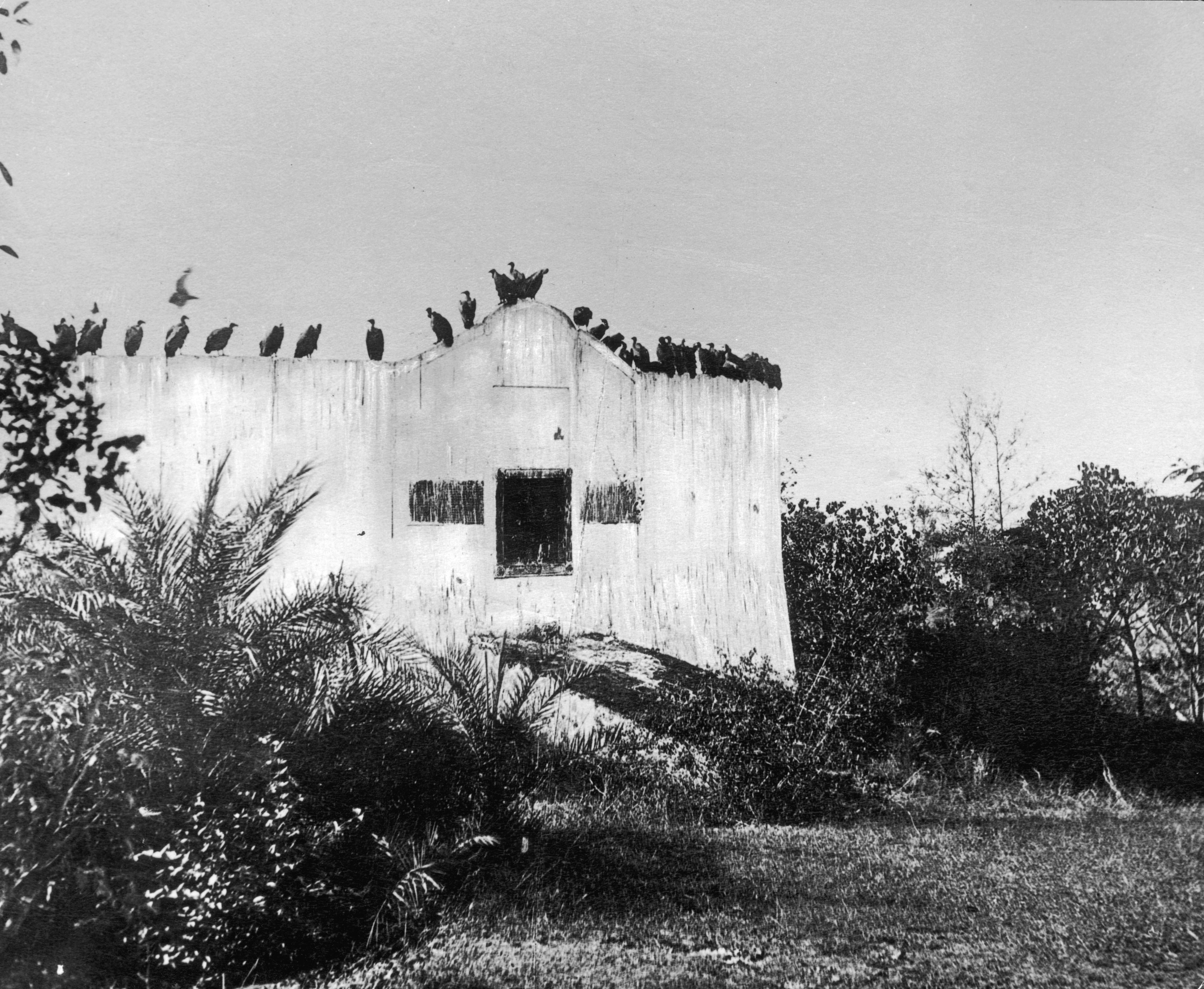The world’s mega-cities are merging to form vast “mega-regions” which may stretch hundreds of kilometres across countries and be home to more than 100 million people, according to a major new UN report.

The phenomenon of the so-called “endless city” could be one of the most significant developments – and problems – in the way people live and economies grow in the next 50 years, says UN-Habitat, the agency for human settlements, which identifies the trend of developing mega-regions in its biannual State of World Cities report.
The largest of these, says the report – launched today at the World Urban Forum in Rio de Janeiro – is the Hong Kong-Shenhzen-Guangzhou region in China, home to about 120 million people. Other mega-regions have formed in Japan and Brazil and are developing in India, west Africa and elsewhere.
The trend helped the world pass a tipping point in the last year, with more than half the world’s people now living in cities.
The UN said that urbanisation is now “unstoppable”. Anna Tibaijuka, outgoing director of UN-Habitat, said: “Just over half the world now lives in cities but by 2050, over 70% of the world will be urban dwellers. By then, only 14% of people in rich countries will live outside cities, and 33% in poor countries.”
From our partners:
The development of mega-regions is regarded as generally positive, said the report’s co-author Eduardo Lopez Moreno: “They [mega-regions], rather than countries, are now driving wealth.”
“Research shows that the world’s largest 40 mega-regions cover only a tiny fraction of the habitable surface of our planet and are home to fewer than 18% of the world’s population [but] account for 66% of all economic activity and about 85% of technological and scientific innovation,” said Moreno.
“The top 25 cities in the world account for more than half of the world’s wealth,” he added. “And the five largest cities in India and China now account for 50% of those countries’ wealth.”
The migration to cities, while making economic sense, is affecting the rural economy too: “Most of the wealth in rural areas already comes from people in urban areas sending money back,” Moreno said.
The growth of mega-regions and cities is also leading to unprecedented urban sprawl, new slums, unbalanced development and income inequalities as more and more people move to satellite or dormitory cities.
“Cities like Los Angeles grew 45% in numbers between 1975-1990, but tripled their surface area in the same time. This sprawl is now increasingly happening in developing countries as real estate developers promote the image of a ‘world-class lifestyle’ outside the traditional city,” say the authors.
Urban sprawl, they say, is the symptom of a divided, dysfunctional city. “It is not only wasteful, it adds to transport costs, increases energy consumption, requires more resources, and causes the loss of prime farmland.”
“The more unequal that cities become, the higher the risk that economic disparities will result in social and political tension. The likelihood of urban unrest in unequal cities is high. The cities that are prospering the most are generally those that are reducing inequalities,” said Moreno.
In a sample survey of world cities, the UN found the most unequal were in South Africa. Johannesburg was the least equal in the world, only marginally ahead of East London, Bloemfontein, and Pretoria.
Latin American, Asian and African cities were generally more equal, but mainly because they were uniformly poor, with a high level of slums and little sanitation. Some of the most the most egalitarian cities were found to be Dhaka and Chittagong in Bangladesh.
The US emerged as one of the most unequal societies with cities like New York, Chicago and Washington less equal than places like Brazzaville in Congo-Brazzaville, Managua in Nicaragua and Davao City in the Phillippines.
“The marginalisation and segregation of specific groups [in the US] creates a city within a city. The richest 1% of households now earns more than 72 times the average income of the poorest 20% of the population. In the ‘other America’, poor black families are clustered in ghettoes lacking access to quality education, secure tenure, lucrative work and political power,” says the report.
The never-ending city
Cities are pushing beyond their limits and are merging into new massive conurbations known as mega-regions, which are linked both physically and economically. Their expansion drives economic growth but also leads to urban sprawl, rising inequalities and urban unrest.
The biggest mega-regions, which are at the forefront of the rapid urbanisation sweeping the world, are:
• Hong Kong-Shenhzen-Guangzhou, China, home to about 120 million people;
• Nagoya-Osaka-Kyoto-Kobe, Japan, expected to grow to 60 million people by 2015;
• Rio de Janeiro-São Paulo region with 43 million people in Brazil.
The same trend on an even larger scale is seen in fast-growing “urban corridors”:
• West Africa: 600km of urbanisation linking Nigeria, Benin, Togo and Ghana, and driving the entire region’s economy;
• India: From Mumbai to Dehli;
• East Asia: Four connected megalopolises and 77 separate cities of over 200,000 people each occur from Beijing to Tokyo via Pyongyang and Seoul.
This article originally appeared on The Guardian.












